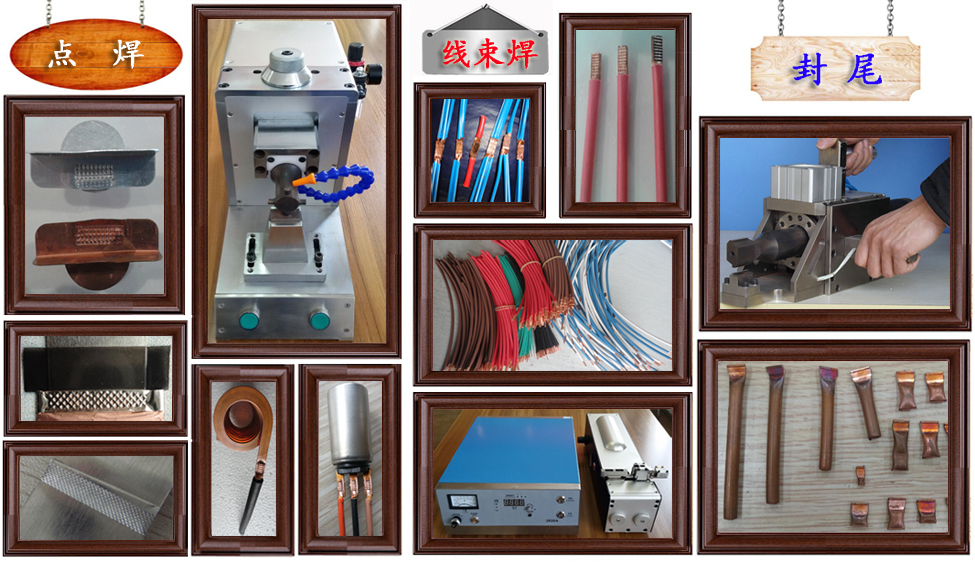超声波金属焊接机是通过高频的机械振动对非铁磁性的金属物料工件进行焊接。在焊接过程中,将其中一个工件固定,另一个工件以20kHz的频率在其表面进行循环往复的振动,同时对工件施加压力,使工件间形成一种牢固的结合,从而达到焊接的效果。整个焊接过程可以被精确地控制,同时不会在金属表面产生多余的热量,焊接牢度强。在焊接金属制品时,既不要添加任何粘接剂、填料或溶剂,也不消耗大量热源,具有操作简便、焊接速度快、焊接强度高、生产效率高等优点。因此,超声波焊接技术越来越广泛地获得应用。 Ultrasonic metal welding is a mechanical process, which translates electric power in high frequency into mechanical vibration via transducer and acts on the articles to be processed, Their surface in contact produces high-frequency friction which makes heat, gets cohered and welded, During the welding, there is neither current passing through the parts welded,nor welding arc in the mode of electric weld. As ultrasonic welding nerver brings about heat exchange or resistivity, it is an ideal welding system for non-ferrous metal, It is particualarly suitable to be used to treat thin and small material on a single-spot, multi-spot, square-shaped, bar-shaped, single-layer, multi-layer or compound basis, such as aluminum, nickel, copper, silver, etc. |

